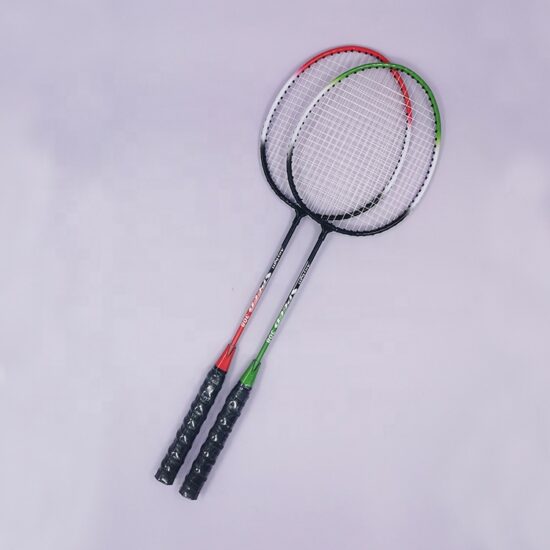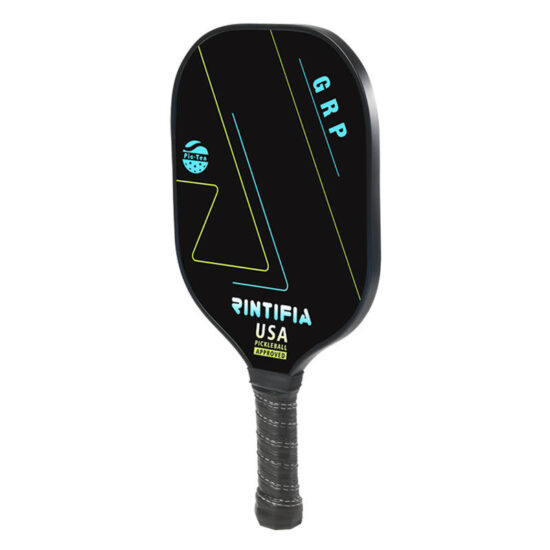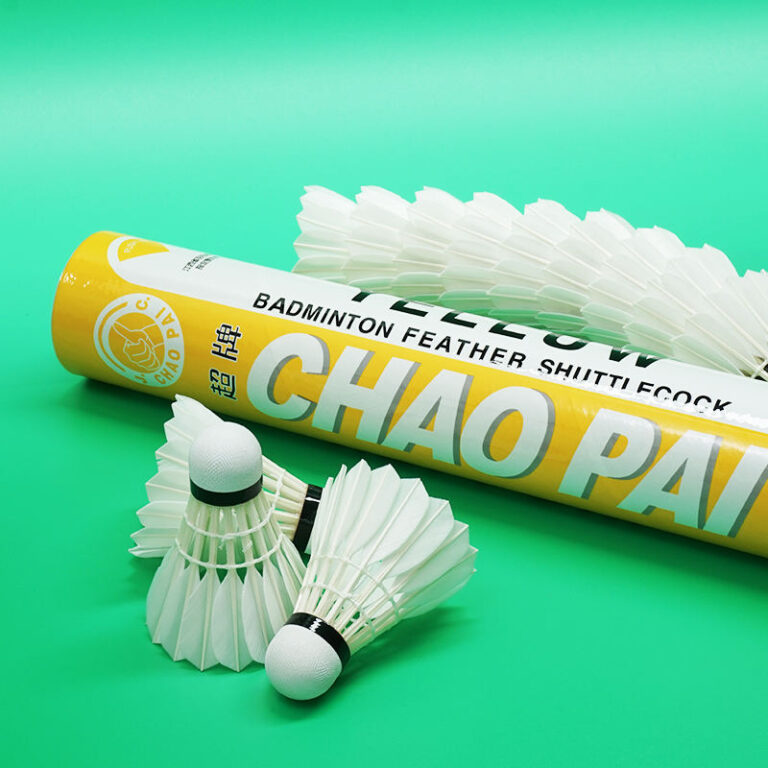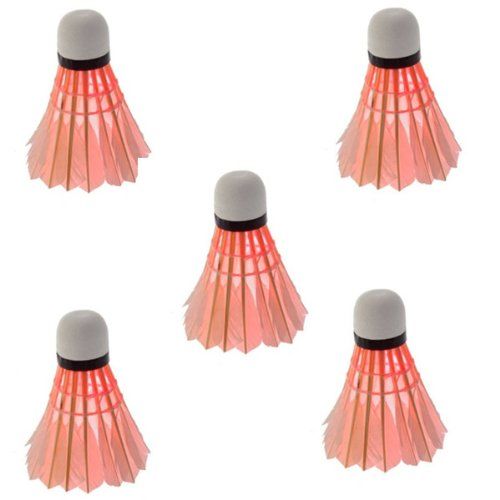jay@nbdho.com
The Science Behind Feather Shuttlecocks and Their Flight Performance
Here’s an SEO-optimized blog post for the title: “The Science Behind Feather Shuttlecocks and Their Flight Performance”
The Science Behind Feather Shuttlecocks and Their Flight Performance
Feather shuttlecocks are known for their smooth, controlled flight and are used in all professional badminton matches. But what makes them so special? The answer lies in the aerodynamics, materials, and physics behind their design.
Let’s explore the science that gives feather shuttlecocks their elite performance on the court.
1. Aerodynamic Shape
Feather shuttlecocks have a cone-shaped skirt made from 16 overlapping feathers (usually goose or duck). This structure creates natural airflow channels during flight, resulting in:
- Stable, straight trajectories
- Predictable drop speed
- Minimal wobble
The shape generates drag that slows the shuttlecock down after impact — ideal for precision and control.
2. Flight Mechanics: Drag and Lift
When a feather shuttlecock is hit, it experiences:
- Initial velocity from the smash or stroke
- Air resistance (drag) that rapidly reduces speed
- Lift force caused by the angle and shape of the feathers
This combination creates a parabolic arc, with a steep downward drop at the end — perfect for tactical shots like drops and clears.
3. Feather Type and Arrangement
- Goose feathers are denser, more elastic, and offer better durability and flight control than duck feathers.
- Feathers are arranged in a perfect circle, each tilted slightly to induce spin and stabilize the shuttlecock in the air.
The precision in cutting and placing each feather ensures balanced rotation, which keeps the shuttle flying smoothly.
4. Natural Spin = Better Stability
Feather shuttles naturally spin when hit, acting like a gyroscope. This spin stabilizes the shuttle mid-air, helping it resist wobbling or flipping — a critical feature for competitive play.
5. Temperature and Humidity Effects
Feather shuttlecocks are sensitive to climate:
- In humid conditions, they become heavier and fly slower.
- In dry climates, they can become brittle and break faster.
That’s why players “humidify” shuttlecocks before matches — it helps maintain optimal elasticity and performance.
6. The Cork Base Matters Too
The base of a feather shuttlecock is made from natural cork (sometimes layered with synthetic material). Cork absorbs impact and ensures better control and feel when the shuttle hits the racket.
The combination of natural feathers + cork base offers unmatched touch, feedback, and responsiveness.
Final Thoughts
Feather shuttlecocks are more than just a piece of sports equipment — they’re a product of engineering precision and aerodynamic science. From feather selection to flight behavior, every detail contributes to the elite performance demanded by professionals.
Understanding the science behind them helps players appreciate why feather shuttles are the gold standard in badminton.
Would you like to include diagrams or visuals to enhance this post?





